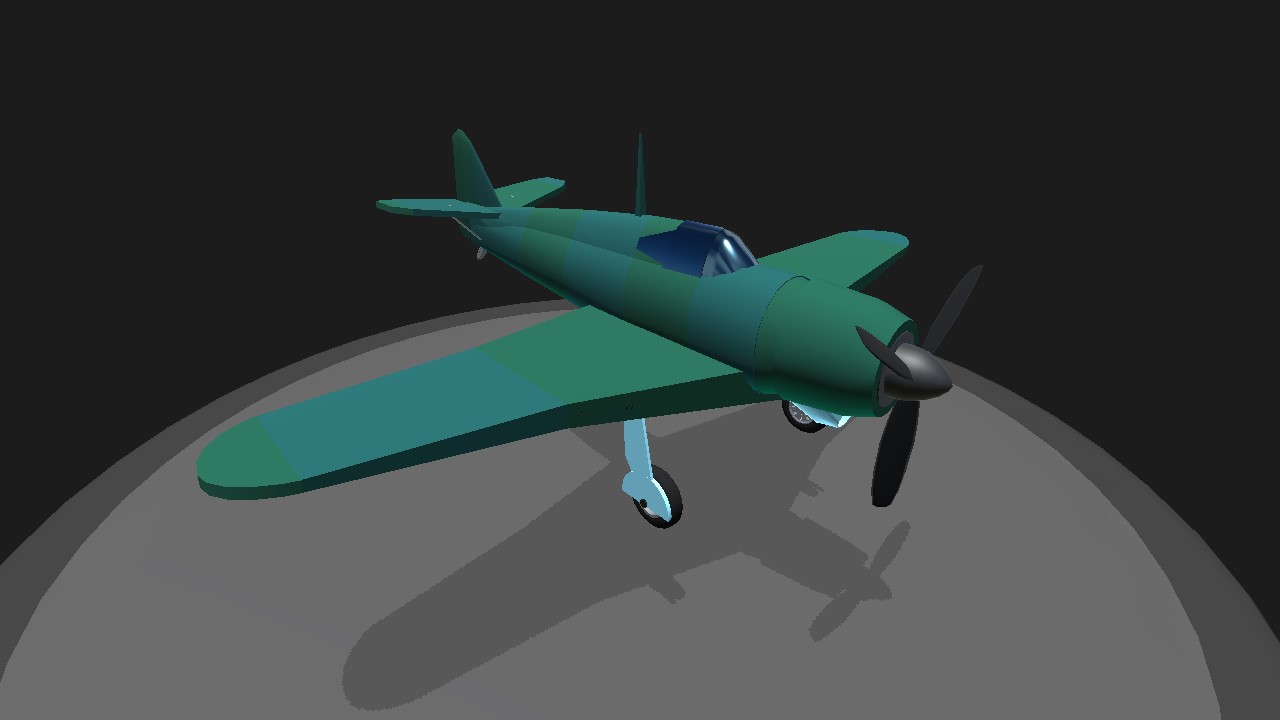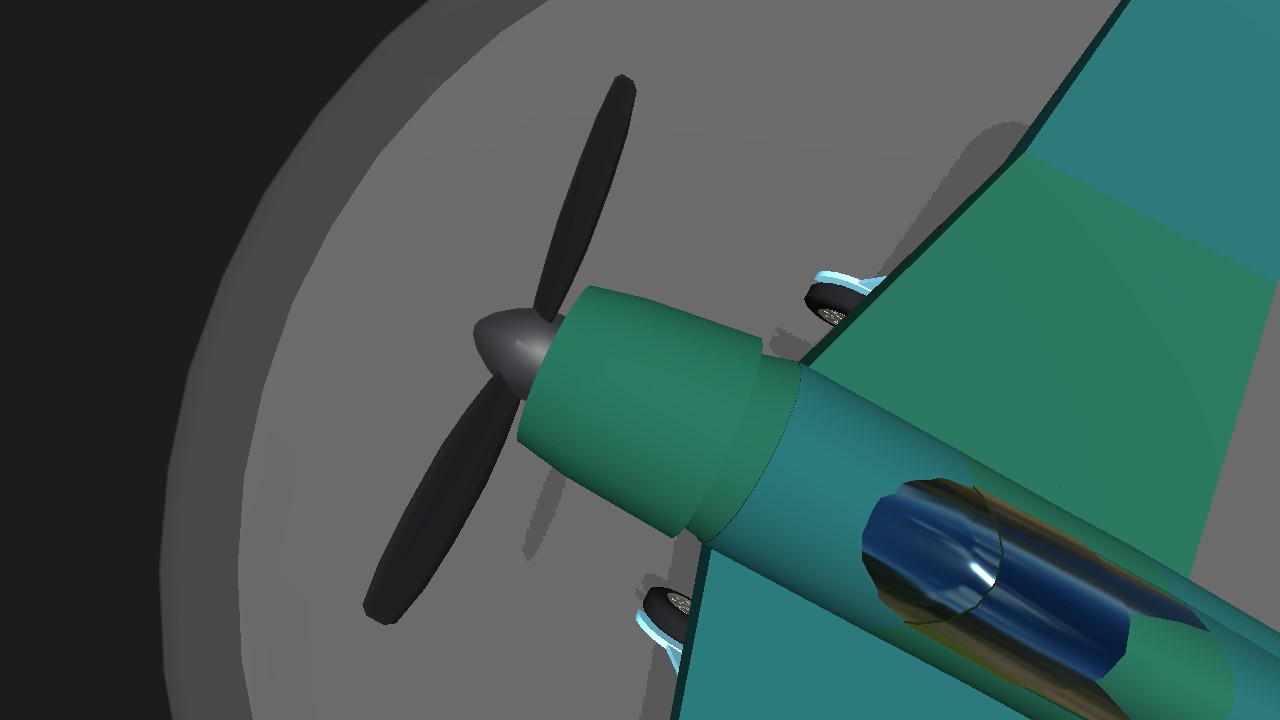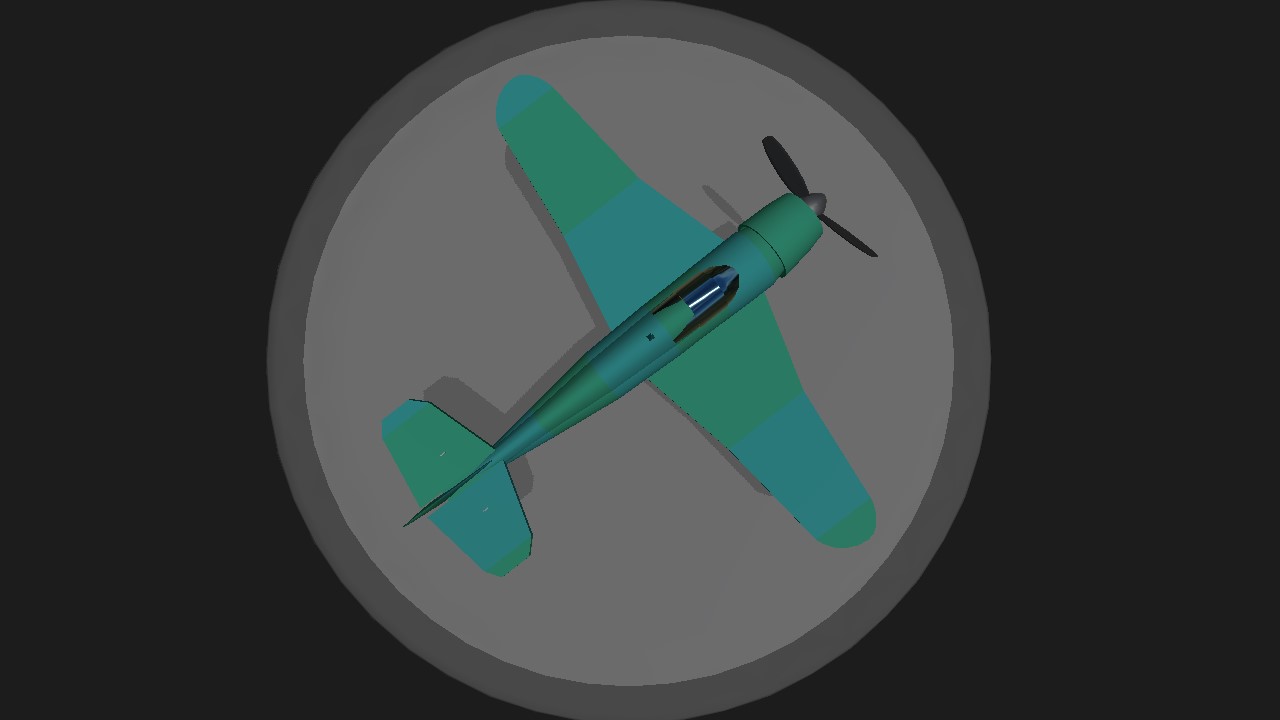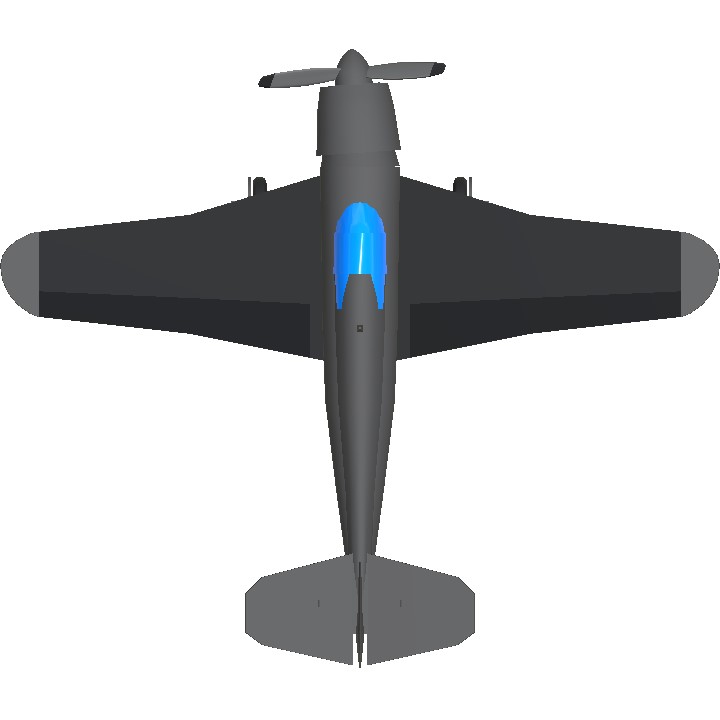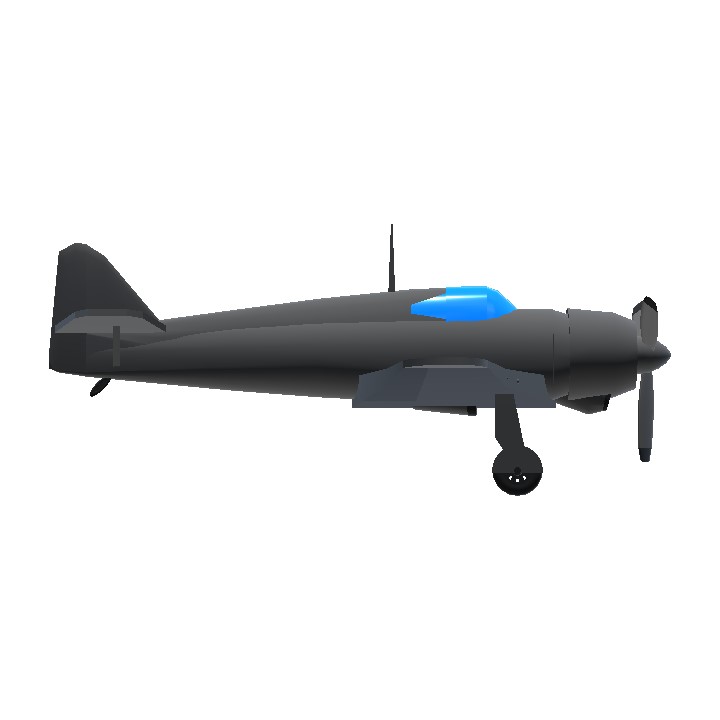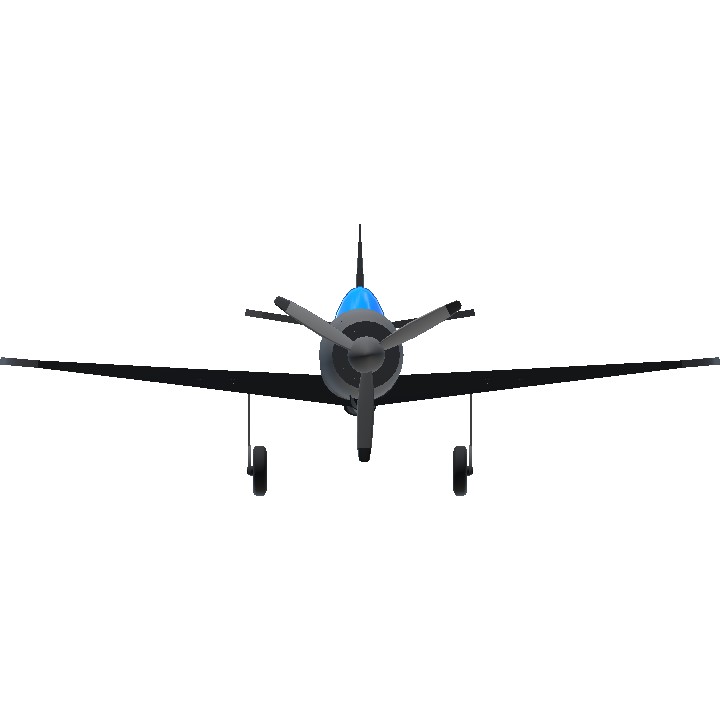it turns out that the Mirage Ancestor is the bent engined anomaly?~
Bloch MB.152
The Bloch MB.152 was a French monoplane fighter aircraft developed in the late 1930s by Société des Avions Marcel Bloch (later Dassault Aviation) as a follow-on to the MB.151. While not as historically famous as some of its contemporary Allied fighters, the MB.152 served as a crucial component of the French Air Force (Armée de l'Air) during the Battle of France in 1940 and beyond, showcasing both its strengths and limitations in the face of the technologically superior Luftwaffe.
The MB.152 was born out of a 1934 specification for a modern, monoplane fighter. Marcel Bloch, recognizing the need for a more powerful and capable aircraft than the early MB.150 series, initiated the design of the MB.152. It was essentially an improved MB.151, addressing many of the earlier design's shortcomings.
The MB.152 entered service with the Armée de l'Air in 1939, just before the outbreak of World War II. However, the rollout was hampered by production delays, engine shortages, and modifications required after initial trials. By May 1940, when the Battle of France began, only a relatively small number of MB.152s were operational, limiting their impact.
Despite the limitations in numbers, the MB.152 pilots fought bravely against the numerically superior and more advanced Luftwaffe. They scored a number of confirmed kills, but also suffered heavy losses. The aircraft's performance was comparable to early versions of the Bf 109 (Messerschmitt), but the later and more common Bf 109E proved superior in terms of speed and firepower. The MB.152 suffered from reliability issues, especially with the engine, and its armament was considered inadequate for engaging heavily armored German aircraft.
Following the Fall of France, a number of MB.152s fell into the hands of the Vichy French Air Force and the Luftwaffe. The Vichy aircraft were operated in North Africa and saw limited combat against Allied forces. The Luftwaffe used some captured MB.152s for training purposes.
Possible Nicknames:
"Le Bouchon" ("The Cork"): This nickname likely refers to both the radial engine's resemblance to a cork stopper and is a pun, given Bloch sounds like "Bloque" or stopping something. It may also allude to the engine's tendency to sometimes overheat and "pop." This nickname would be sarcastic and somewhat disparaging.
"Le Gros Nez" ("The Big Nose"): This is a straightforward descriptive nickname referring to the prominent cowling of the radial engine. Aircraft with large radial engines often receive similar nicknames. It's a simple, easily understood, and relatively neutral nickname.
"Le Brave Petit" ("The Brave Little One"): This is a more affectionate nickname that admires the MB.152's courage and resilience in the face of overwhelming odds. It's a more sympathetic and historical perspective.
"Le Canard Boiteux" ("The Lame Duck"): A more somber nickname alluding to the aircrafts shortcomings, such as its engine faults.
C O N T R O L S
Trim : Flaps, cruising 'rotate' adjuster
VTOL : Further flaps
Specifications
General Characteristics
- Created On Android
- Wingspan 34.7ft (10.6m)
- Length 30.1ft (9.2m)
- Height 13.1ft (4.0m)
- Empty Weight 3,957lbs (1,794kg)
- Loaded Weight 6,688lbs (3,033kg)
Performance
- Horse Power/Weight Ratio 0.164
- Wing Loading 15.7lbs/ft2 (76.6kg/m2)
- Wing Area 426.5ft2 (39.6m2)
- Drag Points 1147
Parts
- Number of Parts 76
- Control Surfaces 7
- Performance Cost 488

